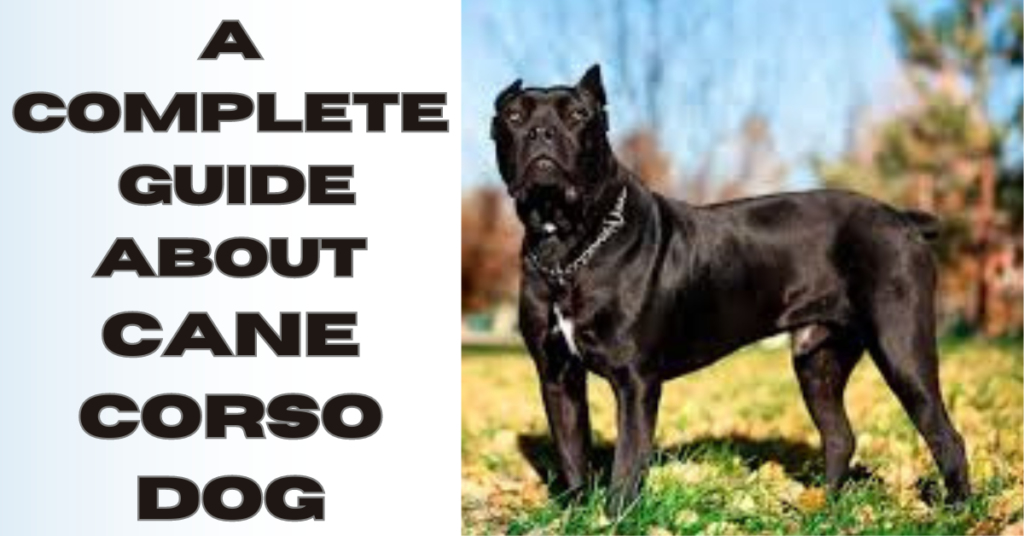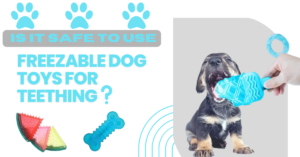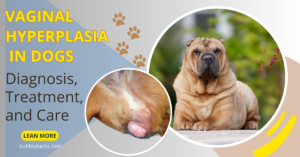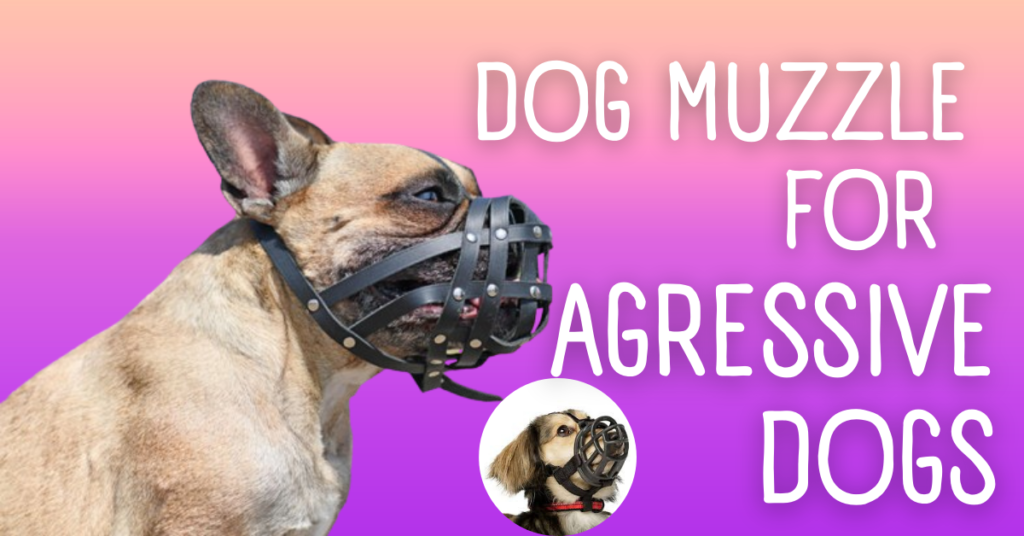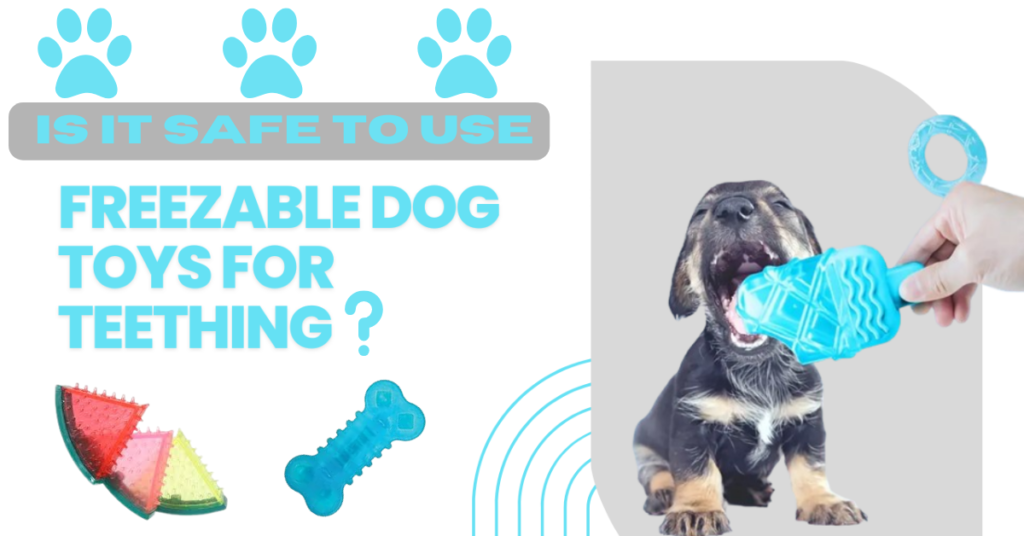Having a Cane Corso (KAH-neh KOR-so) around will make you feel safer. This enormous dog breed can scare away outsiders with one glance and be devoted to the ones they love. These large canines can be extremely close to their own family.
Without their frightening appearance. The Cane Corso is a highly motivated, intelligent, and independent breed. That requires adequate exposure and training. Thereby a went-through, forceful dog owner would be an excellent fit for this breed.
The Mastiff breed known as the Cane Corso Dog originated in Italy. And develop as a multipurpose farming dog. And watchdog after deriving from the Molossian military dogs of ancient Rome. It is possible that the Cane Corso’s protective qualities gave rise to the Latin name for the breed.
It is Latin in origin and means “guard dog of the yard” or “a security guard dog.” It also can control and overcome huge prey. Such as badgers and wild boars. The Italian species were destroyed during the two World Wars, and it was not common till the 1970s.
When intentional efforts are made to bring it back. With its usual weight of 90 to 110 pounds (41 to 50 kg). And height of 23 to 28 inches (58 to 71 cm) at the wilts the Cane Corso is classified as a medium to big dog. Its body is slender and strong, and its head is huge and wide. The breed has short, stiff fur that can be brindled and is either black, grey, dark brown, or red.
The ears are clipped briefly, and the heavy tail gets clipped in nations where it is permissible. After that, it saw one of the fastest increases in favor of any species. The Cane Corso Italiano registered with the FCI and assigned to the group.
Which includes pinscher and schnauzer types. With the Molossian and Swiss highland and cattle dog’s subgroup. It was classified as a Cane Corso Dog by the AKC and added to the working group.
Maintenance and repair of cane corso dog
Puppies need to socialize. Since their kind can be wary of strangers. Given their strength, Cane Corsos can be challenging to walk on a leash. Harnesses should not be placed on these dogs as they make pulling easier for them.
Little maintenance is needed for coats. They need to be quickly brushed once or twice per week and bathed. Cane Corso puppies need to be fed large-breed puppy chow. Since they are a breed that is prone to canine hip dysplasia. This slows the speed of growth and lowers the chance of dysplasia.
Characteristics:
The Cane Corso Dog disposition is indicative of its extensive history. As a warrior and protector. As a result. Neither the breed’s confidence in outsiders nor its friendliness with other canines or animals is high. When agitated, it can be terrifying.
When trained, the Cane Corso makes an outstanding protective dog and watchdog. It has an average level of training simplicity and is autonomous. The breed is kind yet can be serious at times. The Cano Corso was not the best dog for young kids or the elderly due to its strength and dedication.
Additionally, it is not a good fit for homes with several dogs. Particularly those that have pets of identical sex. The energy level of the breed is poor. Most people are not interested in obtaining.
The Cane Corso Dog tends to be as toy-oriented compared to other breeds. It should be mentioned that while these statements represent an expected. And commonly acknowledged description of the Cane Corso. Individual members of the species may exhibit different behaviors.
Breed Distinctiveness
The Cane Corso, a large, robust dog with a serious appearance, develops to be a protector. These enormous dogs. Who are popular on Instagram with the fact that one should never buy a Cane Corso for their looks alone.
Develop from cute babies with floppy ears into regal, stern-looking canines. The colors of the Cane Corso Dog include black, brindle, fawn, shades of gray, and red. Dogs with lighter coloring usually have a grey mask covering their nose and eyes. To put it briefly, they appear to be serious.
The health of Cane Corso
Cani Corsi can live up to 12 years. However, their lifetime and level of movement may be limited due to certain health problems.
To keep children healthier for a longer period. It is beneficial to be aware of such possible health issues beforehand.
Obesity:
While it is vital for all dogs to keep a healthy weight. The enormous size of the Cane Corso Dog means that putting on more weight.
May further strain their joints. Increasing joint pain and limiting their range of motion as they age. Regular exercise and a healthy diet that does not exceed the calories are essential. Proper diets should also include joint medications.
Dysplasia of the hip:
Hip malformations are a bone disorder that is prevalent in large-breed dogs. This causes the ball and sockets contact to sag, leading to looseness. This results in arthritic conditions disability, and suffering. All these negatives impair the Corso’s comfort of life and their capacity to move around.
Dogs with this illness should not breed since their pups might carry it. Even though there is no molecular checkup for it. For this type of large-breed puppy meals and appropriate joint care are essential.
Bloat:
Cane Corso dogs with broad, deep chests are prone to bloat. Which can lead to gastrointestinal dilation and volvulus infections (GDV). A fatal condition in which their stomach bends and turns on itself.
This problem can be avoided by giving your dog a couple of smaller portions in the day. And by using a slow grower bowl, which compels your dog to take a tiny number of meals at a time. It is crucial to avoid exercising your dog right before or right after mealtime for an hour.
Idiopathic disease Epilepsy:
Usually beginning between the ages of six months and five. Epilepsy causes seizures. There is no known cure for this illness. But it can be controlled with medicine. Besides, Cane Corso Dog that have this illness can have long, fulfilling lives.
Although “no recognized cause” is what unexplained refers to in medicine. The condition in question is typically inherited. Make sure to inquire about a genetic examination for dogs from your breeder.
Eye Issues:
Cani Corsi is known to have a few eye issues, most of them related to the eyelid. These include the inward-folding entropy of the eyelids. And the outward-folding, or the condition, of the bottom lid. Cherry eye, is a condition where the pink, fleshy part of the eye’s cornea swells.
And protruding outward is another typical issue with the eyelids. Please contact your veterinarian as soon as possible. If you have any issues with your pet’s eyes, including release, blinking, fogging, expanding, irritation, etc.
Principal Learnings
Cane Corso Dog makes wonderful and devoted companions and cautious protectors. Their calm, loving side needs to bring out in their lives by regular exercise and exposure. But the extra effort is well worth it if you have a Cane Corso on the family team for the added security.
This is a major dog that works greatest for experienced. Dedicated dog owners who prepare to spend a significant amount of time. And effort in education. Stimulation of the mind, and fitness for their enormous puppy.
Training for Cane Corso’s
This perceptive working breed is energetic and job-oriented. A fenced-in backyard and regular walks or runs are beneficial for the Cane Corso Dog, as they are for most large dogs. These dogs take pleasure in things that keep their bodies and minds active.
Such as dock diving, agility lessons, and skill development. If they don’t get enough exercise and excitement. They could engage in negative behaviors that land them in problems.
Compared to many other breeds. The Cane Corso is less toy-oriented, and the majority do not care to retrieve it.
How a Cane Corso Fed Pet owners must use precaution while treating their Cane Corso
Because these dogs are prone to bloating and GDV. First, an Italian Cane Corso Dog should always feed many small meals in the day rather than one large one. It is advisable to refrain from using raised food dishes. And to keep the dog from running right before or right after meals.
FAQs About Cane Corso dog
1. Are there hypoallergenic Cani Corsi?
Cani Corsi is not hypoallergenic, to be clear. All dogs have dust and saliva, which are the sources of dog allergies. In essence, thus, a hypoallergenic dog does not exist. For those who suffer from allergies, hairless and non-shedding breeds.
Such Poodles are generally more tolerable. But Cane Corso Dog is not allergenic in the slightest, with a coat subject to mild. An extensive seasonal shedding.
2. Cani Corsi be kind toward children?
Cani Corsi, when properly socialized, maybe a good and protective dog with children. But it’s essential to show them manners with tiny children. Due to their size and occasional lack of self-awareness. Each member of the family needs to be educated properly to be polite with dogs.
3. How Much Food Is Appropriate for a Cane Corso Dog?
Adult Cane Corso canines need to feed a small of twice a day. And pups should generally feed up to four times each day on a regular basis. The amount of food you give your dog depends on both its energy needs. And the calorie density of the meal. It is important to ask your doctor about serving sizes.
Also Read- Dog and Pet Events in 2024 (Full Details)
